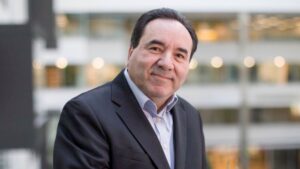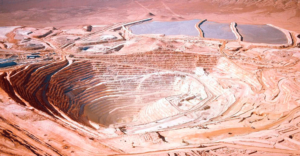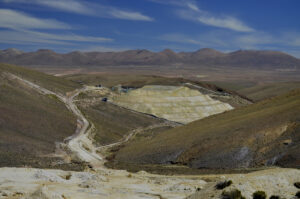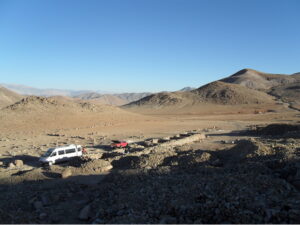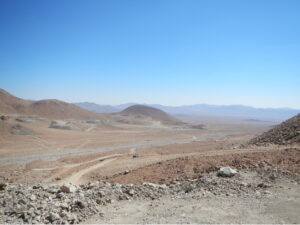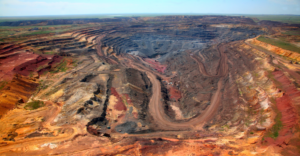
- Chile | 22 January 2022

Could you please provide an introduction to Rio2 and its Fenix Gold project?
Rio2 is a company that was established as a private entity in 2016 before listing in 2017. In 2017, Rio2 completed a merger with Atacama Pacific, which enabled the company to acquire ownership of the Cerro Maricunga project. The project was later renamed Fenix Gold, and it is currently the largest undeveloped gold heap leach project in the Americas. Fenix Gold is fully financed for production, and its technical characteristics are similar to those of the La Arena and Shahuindo mines which the Rio2 management team built in Peru under its previous company, Rio Alto Mining. Rio Alto Mining was acquired by Tahoe Resources for C$1.2 billion in 2015.
Could you explain how the project financing for Fenix Gold is structured between equity, streaming, and debt?
Our primary objective was to minimize dilution from an equity perspective while also ensuring that we had the flexibility to start construction before receiving the final construction permit for the mine. We raised C$35 million in equity in August 2021 and also agreed to a US$50 million stream with Wheaton Precious Metals. The first tranche of the stream will be drawn down in Q1 2022, with the second tranche being drawn upon EIA approval, which we expect in Q2. We have already secured permits and easements to access the land where we will be mining, which has allowed us to commence pre-construction activities. Once we receive a construction permit, we plan to secure senior secured debt in the range of US$50 million to US$60 million, for which BNP Paribas has agreed to be the lead arranger. BNP is currently finalizing its detailed due diligence to complete the debt package.
What is the expected development timeline to move Fenix Gold into production?
It typically takes a few months between receiving the EIA, which we expect in Q2 2022, and the construction permit, which we anticipate in Q3. During this time, we have purchased an infrastructure site located approximately 20 km from the Fenix Gold mine site, close to Kinross’ La Coipa camp, at the turnoff from the main road that runs from Copiapó to Argentina. The infrastructure site is located 3,200 m above sea level, with Fenix Gold situated up the hill at 4,900 m altitude. This site will enable us to fabricate plant components, so that when we receive the construction permit, it becomes an assembly project at the mine site. We are aiming to move quickly and anticipate achieving the first gold pour at Fenix Gold early in the new year of 2023.
What were some of the challenges that you faced when building and operating the La Arena and Shahuindo mines in Peru that you believe have prepared you for the transition at Fenix Gold?
We had a deep understanding of the permitting process in Peru and researched the process in Chile thoroughly, working within the system to accelerate development, along with lawyers, environmental consultants, and our technical team on the ground. It is important to note that Fenix Gold is unique in the Maricunga region, which has a plethora of projects, including La Coipa, Yamana Gold’s La Pepa, Hochschild’s Volcán, and Gold Fields’ Salares Norte to the north. Fenix Gold is the only 100% gold oxide project in the region, with oxides that extend down to our deepest hole, which is 600 m below surface. The other projects typically have a leach cap, then a transition zone, and sulfides, which involve complex metallurgy.



